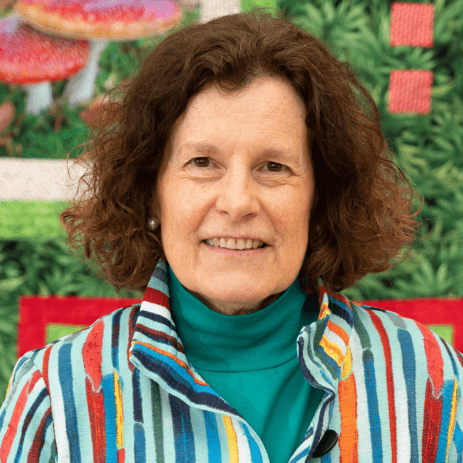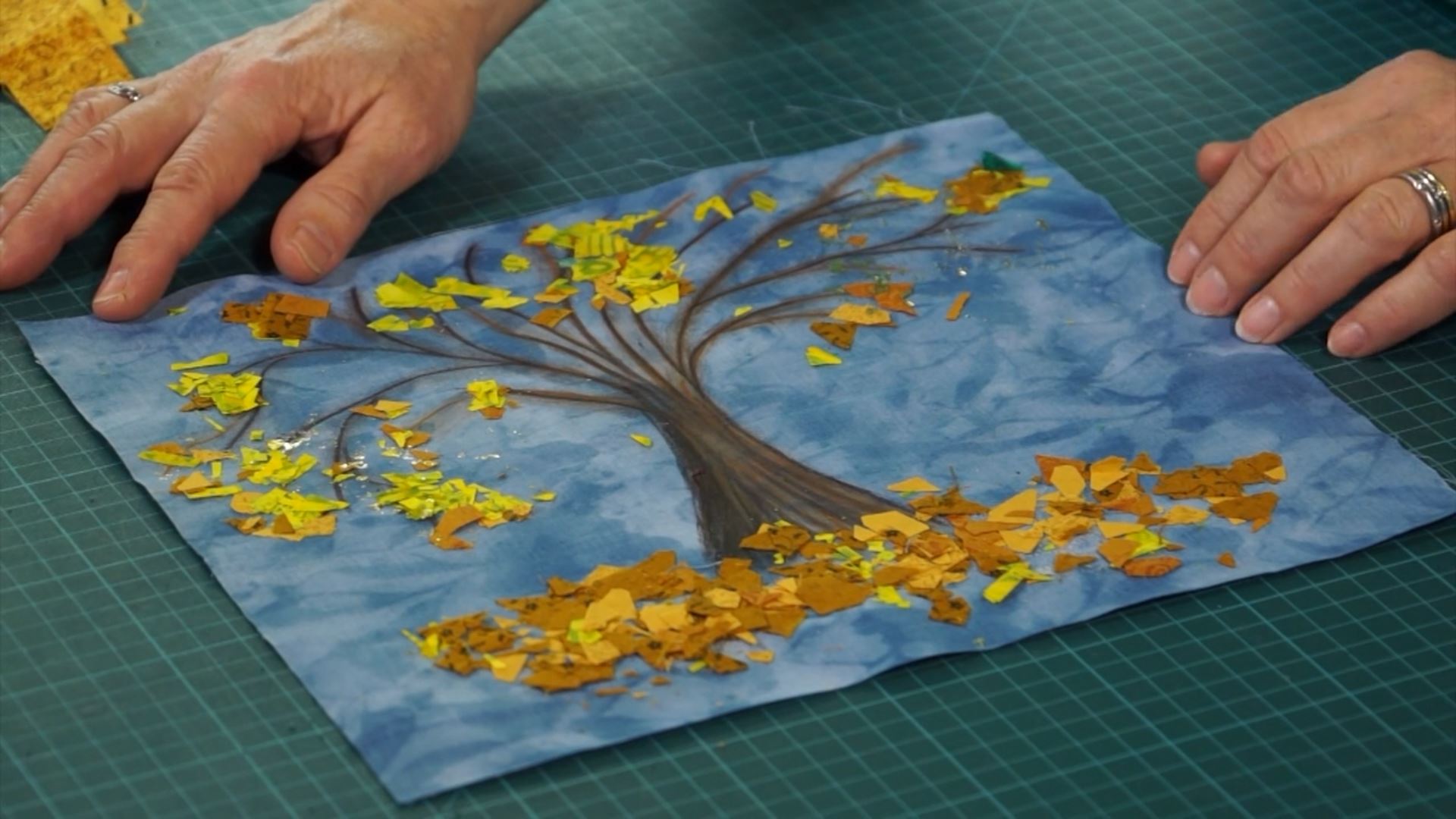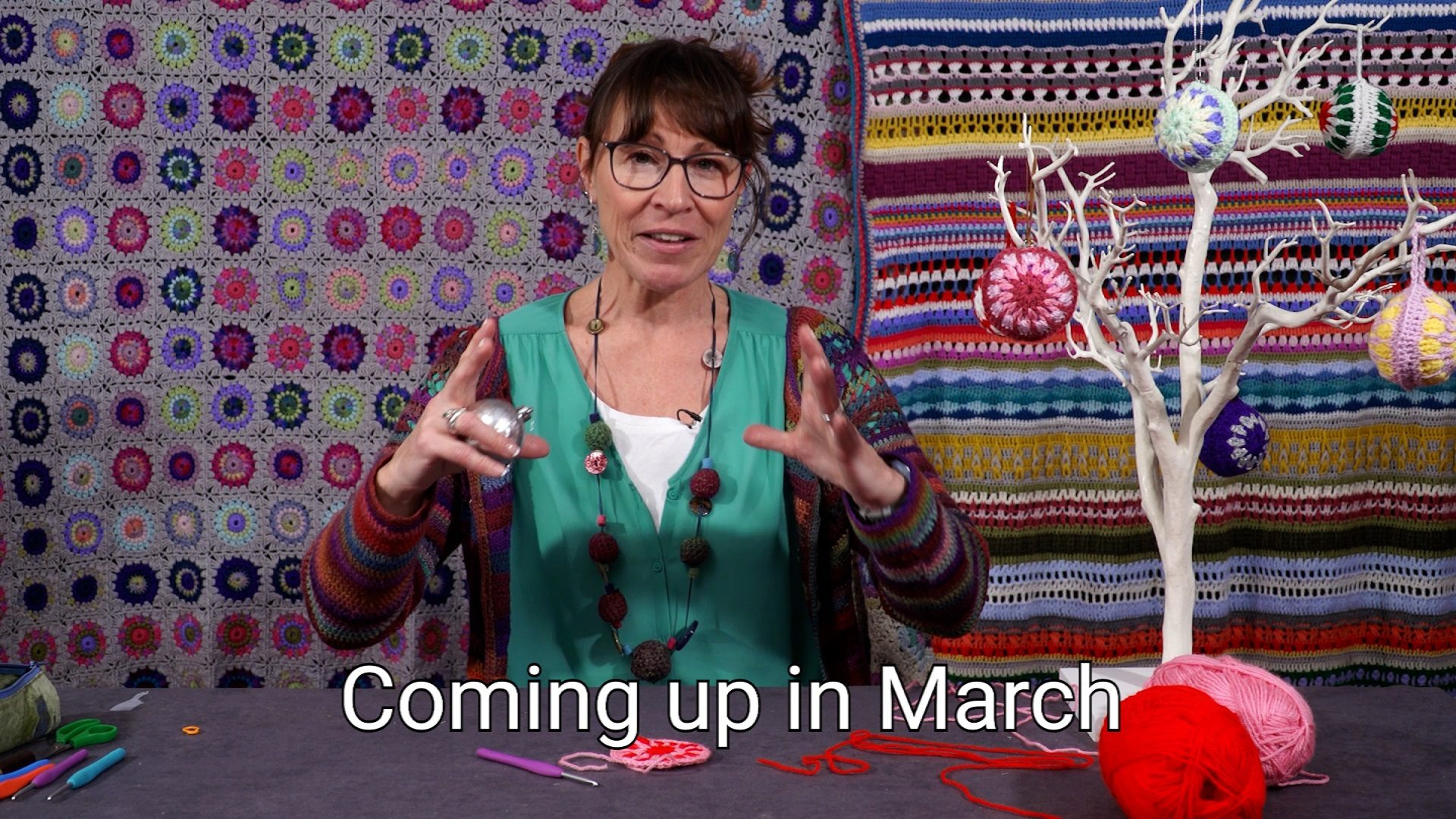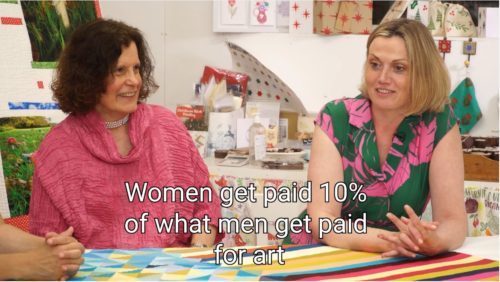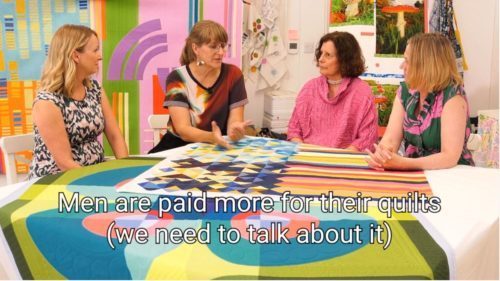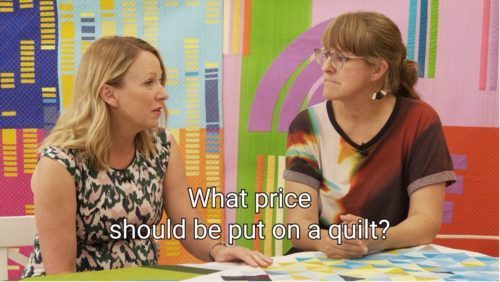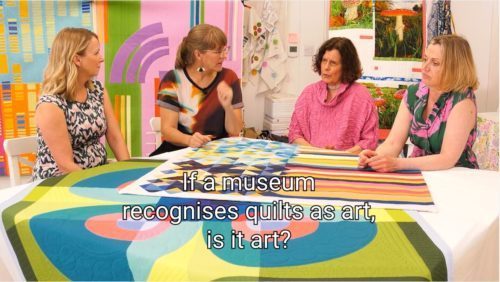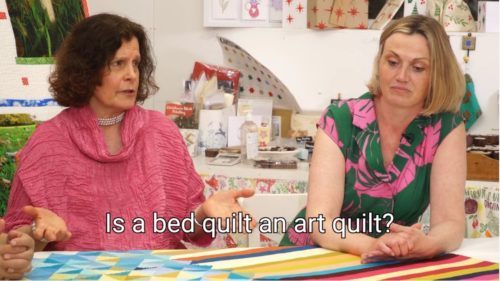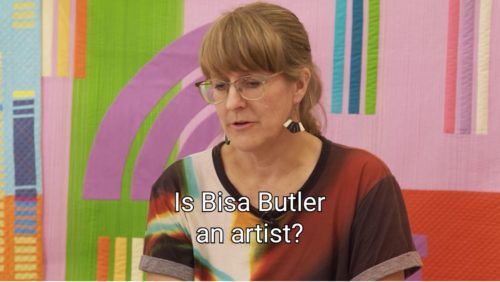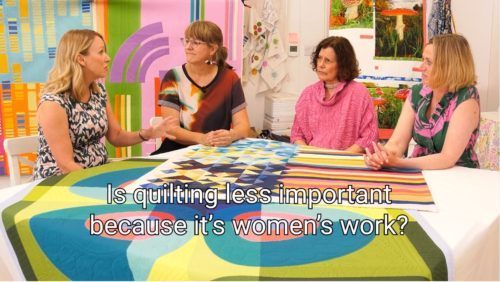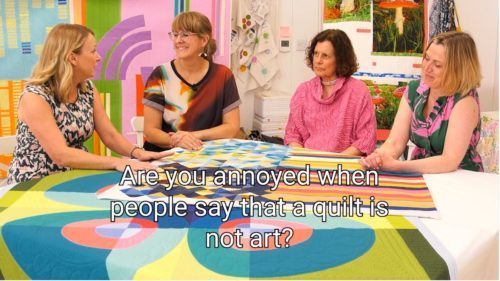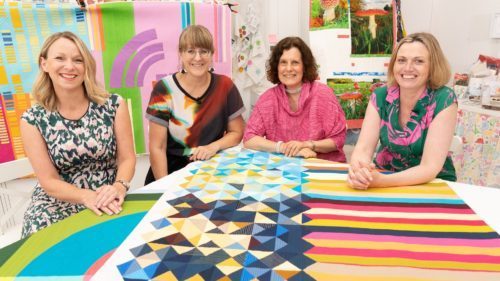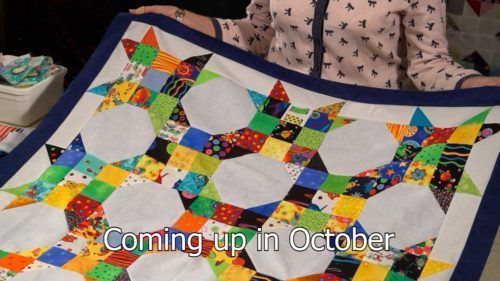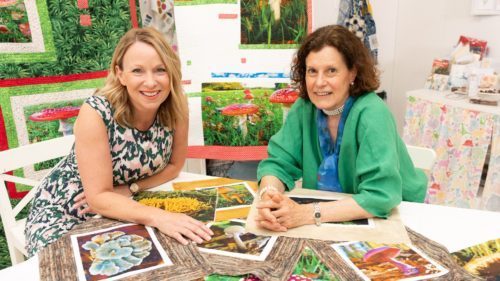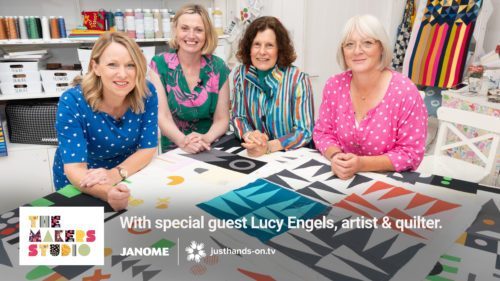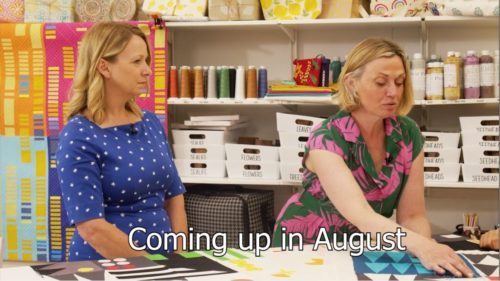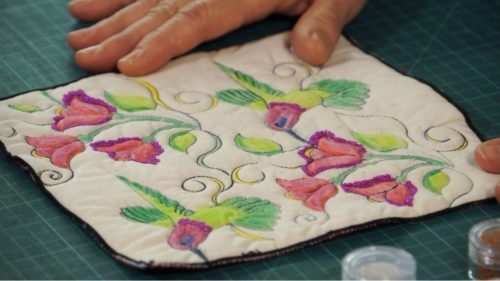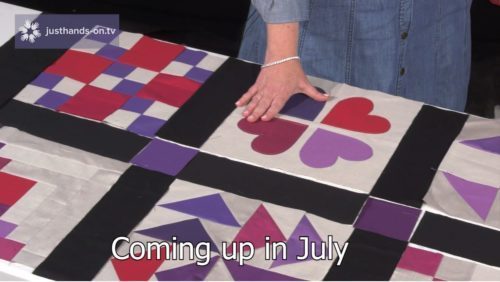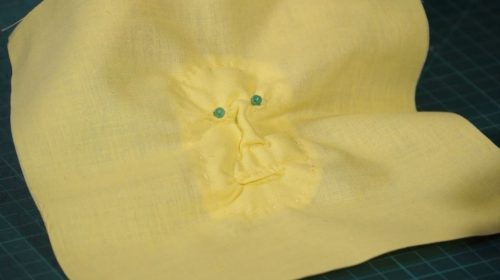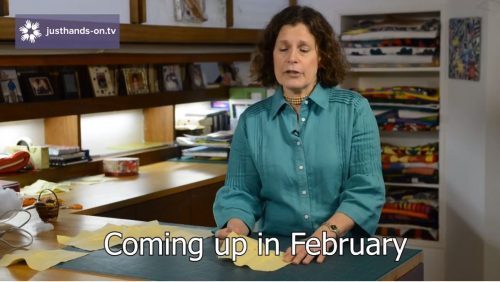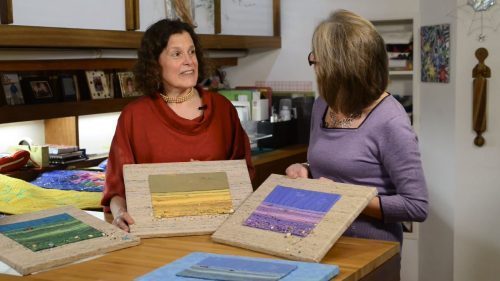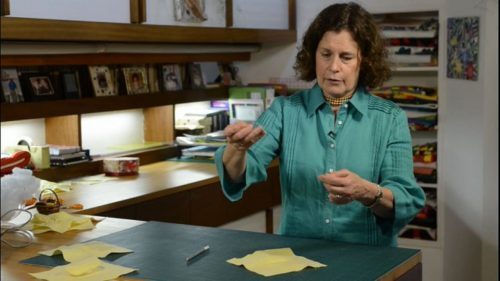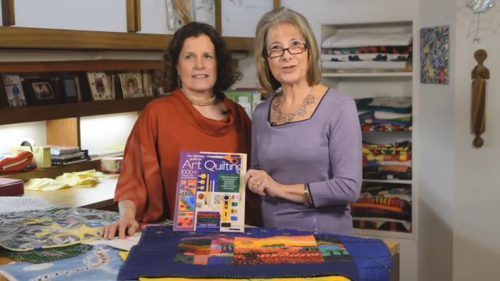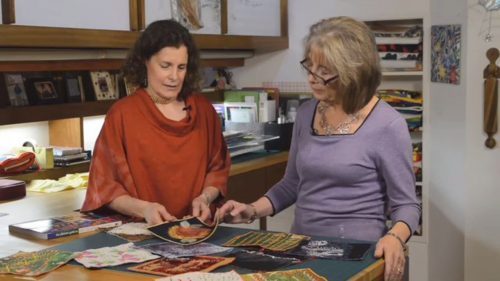About Linda
Linda Seward is an experienced quilter, writer, lecturer, and quilt judge.
Linda’s been doing needlework ever since she learned to hold a needle. She was taught to embroider by her mother and to knit and crochet by her grandmothers. She began to sew her own clothes at the age of 10, but didn’t begin making quilts until she was in her 20s.
Linda attended Livingston College (Rutgers University) where she earned an Anthropology Degree, then switched to Douglas College where she received a Home Economics degree in clothing, textiles, and design. She studied fashion in New York City at Tobe-Coburn School for Fashion Careers before working as a needlework and crafts editor in both America and England. She taught herself the basics of quilting while working as an editor for McCall’s Needlework & Crafts Magazine in New York City. After that, although she edited dozens of books on all types of needlework and crafts for Dover Publications in New York, Linda always felt that she would rather be quilting.
Linda has written twelve books about her favourite subject, quilting, including The Complete Book of Patchwork, Quilting and Appliqué , which has been used as a source book for the British City & Guilds Patchwork & Quilting course and has sold over a quarter of a million copies in several languages. It has recently been updated and reprinted by Search Press. Linda’s latest book, entitled The Ultimate Guide to Art Quilting, is published by Sixth&Spring, New York. She has also published books on puppies, babies, crochet, knitting, and general crafts (under her maiden name, Linda Macho).
Linda has appeared on television and radio shows, and has judged numerous quilt shows around the world. She had a regular column in The Quilter magazine for 20 years, and works now as a freelance writer and photographer as well as being a quilter, of course!
Linda found a new obsession in lockdown during her daily walks: nature photography. According to Linda, “I realised that I didn’t know much about the natural world and resolved to teach myself as much as I could through photography and research. This lockdown project turned into a new obsession as I continue to learn about all aspects of nature from plants, lichens insects, birds and animals to fungi and even slime moulds.”
Linda lives in London and Oxfordshire with her husband and two Border Terriers.
Signature Technique
Art Quilting
Top Tips
- One of the best ways to expose yourself to new techniques is to take a workshop with an expert.
- Add aloe vera gel to heighten the colour of inktense pencils.
- Use confetti fabric and glue granules to get a wonderful confetti applique effect.
- Add a little sparkle to your project with printer foil (make sure that you iron colour side up!).
- Use a silicone pressing sheet to keep your iron clear.
- Give the viewer a gentle surprise by adding soft sculpture faces in your quilt.
Videos
Patterns
Posts
What size do you need to cut with the rotary cutter?
The rotary cutter means that you dont have to use templates and here are some simple rules that you can apply throughout your patchwork: On the Flying geese fast no-waste method you just need to add 1 1/4" to the finished size you need for the larger square so for 4" you need 5 1/4" and then 7/8 to the size of the smaller square - so again you are right at 2 7/8 and if you want to enjoy the video on this click here: The other magic numbers for rotary cutting are as follows:
For a plain square you add 1/2" so 4" finished becomes 4 1/2" For a half-square triangle we now add 1" - so cut 5", - and once sewn trim back to be an accurate 4 1/2" before sewing
and for quarter-square triangles we add 1 1/4" (as per the flying geese) and pay attention to the seam allowance we sew!
Do you love Butterflies?
I do and certainly can't resist fabric that has them on; not so keen on moths however. Still follow this link and you will see them in a whole new light: North Carolina-based artist Yumi Okita creates beautiful textile sculptures of moths, butterflies, and other insects with various textiles and embroidery techniques. The pieces are quite large, measuring nearly a foot wide and contain other flourishes including painting, feathers, and artificial fur.
Site Upgrade Coming Soon
From around 28th July, you will notice some changes to the shape of the video screen as we have been busy converting all the videos to a format that is more user friendly, especially for those on iPads and tablets: you should notice that the video screens are bigger and slightly higher up the page When you notice the change has happened, iPad and tablet users won't have to use Puffin, but you can use your regular browsers if you prefer, (eg Safari on iPad, Internet on Android tablets) as you would for other websites you visit.

